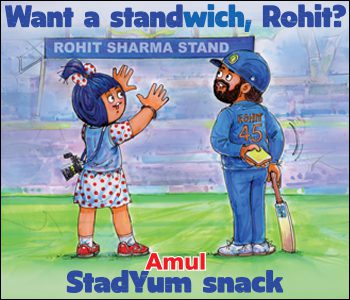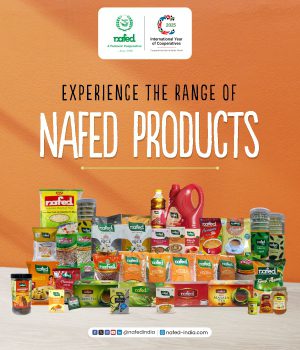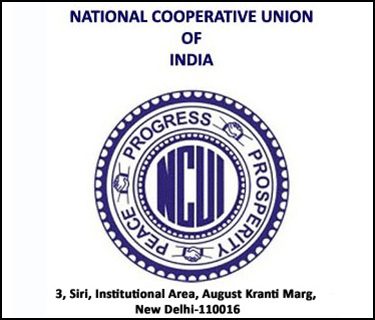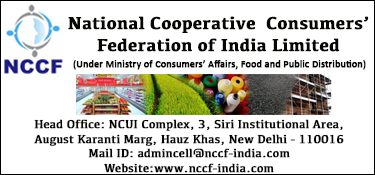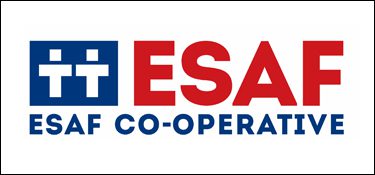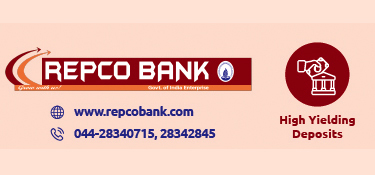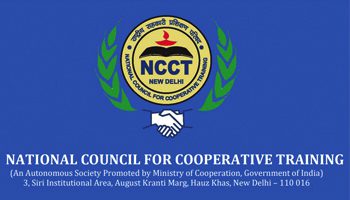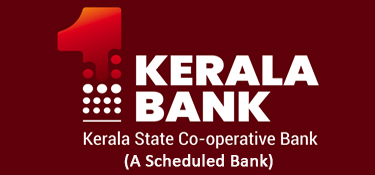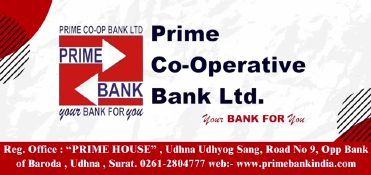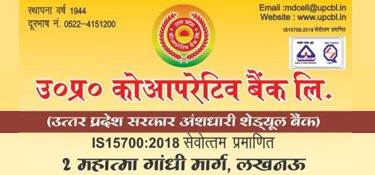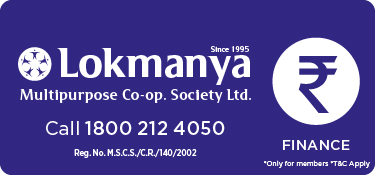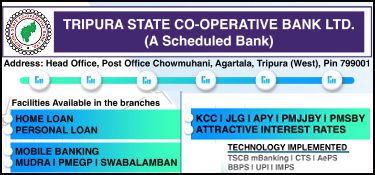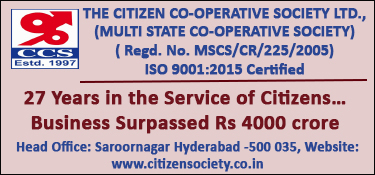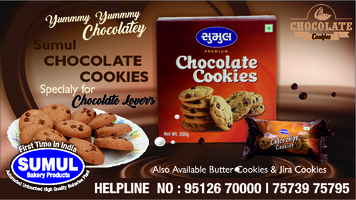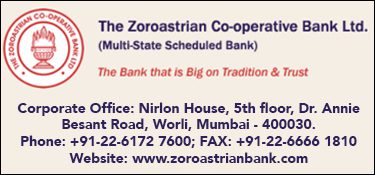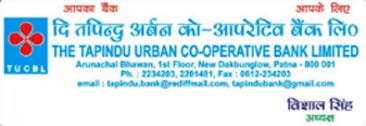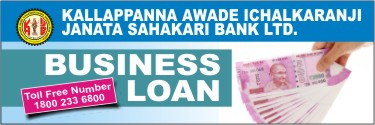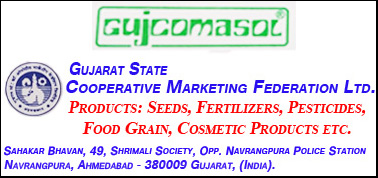By RS Sodhi, MD GCMMF
So many people ask me that why is it that no other brand is able to succed in the dairy segment? The reason is simple, the business goals or the objectives are diagonally opposite. As a CEO for a co-operative I have to buy my raw material, of which 90% of the cost is of milk, which is high. And I have to sell my finished product at such a price, that I can buy all the raw materials offered to me. We do not decide buying raw materials based on the market, we have to create and develop the market based on the raw material offered to us. So, we sell at value for money and very reasonable prices and ultimately at the end of the day my objective is to keep the difference between raw material purchased and sales price as low as possible by efficient business strategies.
Whereas for my competitors, Nestle or any XYZ ,the business goals given to them by his board will say you have to buy raw material at the lowest possible price and sell your finished product at the highest possible price and at the end of the day all the equity analysts sitting in Mumbai will be analysing Nestle based on how much ebitda they have, means gross profit. So, when such an organisation is competing with a differently motivated company like Amul, it is difficult for anybody to make money. Stake owners are happy, farmers are happy because they get a good price for their produce and consumers are happy as they get good products at a very reasonable price.
Consistency is one of the main reasons for our success. The Amul butter you eat today has the same recipe that was used 55 years ago. We have never changed the recipe of any food product even though the cost of the ingredients have increased. If any food company or FMCG succeeds, the next thing they think about is how to reduce the cost of production, which means replacing natural, good ingredients with cheap ones — reducing the fat content, replacing expensive fat with the cheap fats — whether it is a food, soap or anything. But with Amul, whether it is butter, ice-creams, baby food, whitener or any other product, Dr Kurien didn’t want us to compromise on quality. If you want to change the receipe according to the consumer’s taste that is fine, change can be based on taste, not cost.
The third thing, which I believe is very important for successful branding is consistency in communication. Amul started emphasising on promotion and advertising in the 1950s when no brand felt the need to advertise. Even today we have our media plans from the 1950s, advertising butter and ghee. Dr Kurien hired an advertising agency when there was only one such firm in India. So, branding and advertising strategy, is very essential. And we are consistent with our campaign, which is very successful — our Amul butter girl topical campaign. We have a continued campaign character — our mascot the Amul butter girl, where she is commenting about the recent happenings in India. And we started that campaign in the 1950s for outdoor marketing only, but later on we added print and social media as well. You won’t believe this, for the campaign which is the most successful, the total spending on this advertising is nothing. Out total advertising spend is less than 1% of our turnover. Last few years, it is only 0.8% whereas, you talk to any other food company in India it is 8-12% and some companies spend 14-15%.
You can keep experimenting when it comes to marketing, but how to judicially and efficiently spend, that you decide. So when Dr Kurien gave this assignment to Sylvester da Cuhna, we were planning to launch Amul butter and the competition was Polson. People talk about Polson because it is an English brand, but the question for us was how to promote and establish this brand with minimum money. So, naturally the pressure was on the creative team, to design a campaign and also use a medium that is cheaper and time outdoor was comparatively cheaper at the time. Even today, we spend only 5% of our total advertising budget. Advertising is essential, promotion is essential, but how much you spend depends on your brand or product. Plain milk is the only natural energy drink, so we’ve been trying to promote that in the last few years. Second, if people are still not ready to consume that then, change them to the flavoured milk — chocolate milk, badaam milk, elaichi milk and promote them in a very contemporary way. Change them to fermented drinks like buttermilk, lassi. These are the drinks, which are giving us phenomenol growth unexpectedly. Once you tell today’s youth the benefits they will definitely try these, and they should not be ashamed of consuming those things with friends.
It is important that you keep the core value of the brand intact and the consumer should feel the brand hs excelled – whether you use production processes, packaging, sales and distribution. You see, any food brand, however good your product is, however good your advertising branding is, if it is not available where you want it to be, it will not succeed. At Amul, we tell people that we are a logistics or supply chain company and we are in the business of C2C — cow to consumer. Because if you see, we buy milk twice a day from 3.6 million farmers, located in 18,000 village co-operative societies. We then bring that milk to around 68 dairy plants, convert it to around more than 450 SKUs and then transport the finished product through four types of distribution highways. What are those distribution processes? Ambient product distribution like any other FMCG brand would do for products like ghee. The second is chilled product distribution for butter or cheese, third is for frozen products like ice-cream and the fourth which is very difficult for any company i.e fresh product distribution where product is going directly to the market from the factory without any warehouse distributor.
From 68-69 factories all these products are going to 62 depots across India; we have facilities for everything, and going to 10,000 distributors and around 10 lakh retailers and then millions and billions of consumers. So it is a daily business! So, our main business is sales and distribution. If I sit in my office or if am out, let me tell you, a minimum 40-50% of my time goes for sales and distribution. We get a daily update for all the main products from all the branches through technology, which has given us very good tools – WhatsApp and SMS. Between 6-7am from all over india I will get messages about what is today’s sale of milk and curd. And if suddenly somewhere the score is low, you can just send a message about the same, he will tell you the problem and you will know how to rectify it.
So, I think the empahasis has to be on how to maintain and expand the sales and distribution, and automatically business will succeed. I tell my people, if you want to increase ice-cream sales by 20%, you simply have to increase the number of outlets by 20% and if number of outlets have to be increased by 20%, then the number of distributors also have increased by 20%. Infrastructure also needs to be improved and finance needs to increase. So the supply chain is very important for establishing a business.
The other reason for successful branding of Amul is umbrella branding. For this Amul has only one umbrella brand, others often go for one to three dozen brands. The more the brands, more the money is needed to build them, more money to maintain them, and more money to nurture them. We feel that if your brand is successful, firstly you can launch new products more rapidly, it is well recognised and you need less money to invest. Retailers will very happily keep your new product if it is under one umbrella brand. Even with 1% advertising budget, this strategy will succeed, and I feel that personally more brands are not required based on markets. I think the birth of new brands is to satisfy more ego or personal ambition of the marketing director or the CEO of a company or CEO of an advertising agency. Everybody wants to leave his/her legacy in the company that this brand or this campaign is mine. Nobody wants to maintain somebody else’s child or somebody else’s brand.
So, these are the few things that have helped us. Now what should be our suggestion if anybody wants to start a new food brand? How to make a successful brand? I feel that now is the best time to create good food brands in India but the focus has to be the taste. You can create a product that is healthy, but in our experience masses want only and only tasty products. Mass consumption is only for tasty products. So, if you want sell, never compromise on taste. Modern technology is needed and packaging has to be contemporary, which can maintain the product’s shelf life. That is very essential. And I tell all our scientists that when chocolates are available in the market with one-year shelf life why not our Indian sweets like barfi, peda, kalakandh, etc why are we not able to innovate in packaging? Now we are trying to produce some frozen sweets as well.
For those of you wanting to know a strategy of starting a new food brand, I’d advise that never think of national, if you want to succeed in any food brand, think regional, start with the city. First get at least double digit market share in any food brand in the city, then think about the next city, then think about state, then next state. Only when you reach a double digit market share, only then should you expand.
This mistake is made by companies when there are especially equity analysts involved and investors from outside are involved. Nobody will invest in a brand or a company which is not national. And luckily that is happening for us, all our competitors are under the influence of equity analysts and everybody wants to go national and all have failed. And wherever people have approached the regional strategy, they have succeeded. So, in food, go for a good product, tasty product, contemporary packaging, reasonable spending on advertising, regional distribution and I am sure that you will definitely succeed and more importantly, your brand will succeed.
A few days ago, I was speaking with a few people from IIM who asked me why Amul’s success rate of launching new brand is good. If we launch 10 products, out of them eight or nine will definitely succeed. Whereas in the market, if you see, any company, any big multinational company they will see success of one or two products but the other eight or nine will fail. So, what is the reason? I believe that in food if you have to succeed it has to be a mass product and what is mass in India? Mass in India is middle class or lower middle class. So, your product has to succeed in targetting that segment of the population. Fortunately Amul, is owned by the lower middle class where 80% owners are landless or marginal farmers. So, our company is owned by the lower middle class, it is run by the middle class people and we are located in a middle-class city like Anand, so we know the pulse of the middle class, which is the main segment, and most big brands are created by people who are sitting at Pedder Road or Marine Drive. So, the brand is created by keeping in mind a different group of people and that’s why their failure rate is very high.
So, while concluding I can only say that if you want to create a very sustainable, successful food brand or any business, if you want to keep your main stakeholders happy and satisfied — stakeholders in food mainly are your suppliers and consumers — your business will grow and if they are happy you will be happy and your business will continue for decades.










